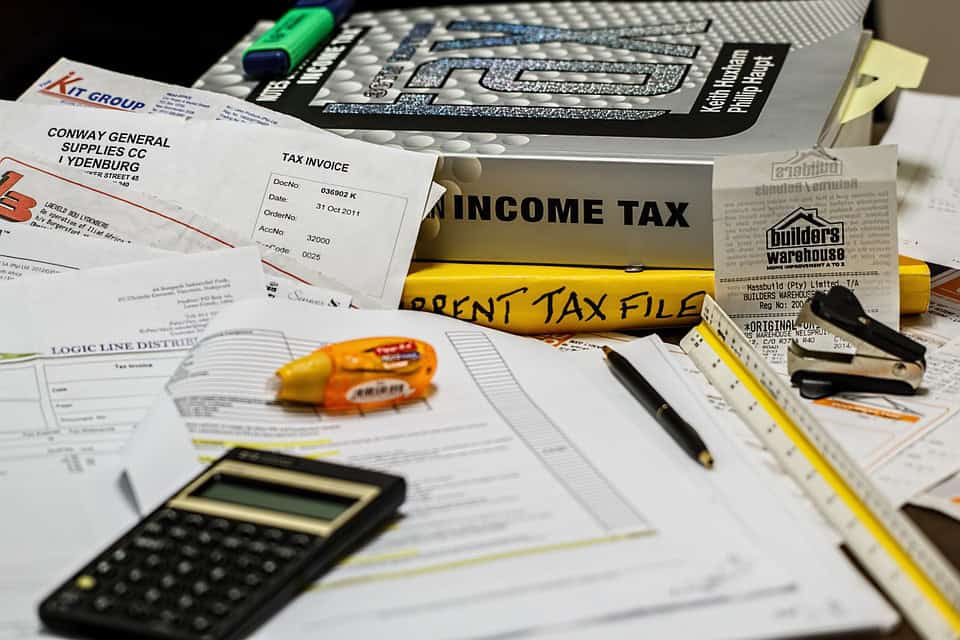NEW DELHI: As the Goods and Services Tax (GST) marks its second anniversary on Monday, former Finance Minister Arun Jaitley said that 20 states have independently reported 14 per cent rise in their revenues post the implementation of the unified tax regime.
In a Facebook post, he also said that the tax-payers’ base under the GST has increased 8.4 per cent to 1.2 crore.
“In the eight months of 2017-18 (July to March), the average revenue collected per month was Rs 89,700 crore per month. In the next year (2018-19), the monthly average has increased by about 10 per cent to Rs.97,100 crore,” he said.
“Every state has been paid its share of tax… also from the compensation fund, if necessary. We have just completed two years of GST. Already after the second year, twenty states are independently showing more than a 14 per cent increase in their revenues and the compensation fund in their case is not necessary.”
Jaitley, who as Finance Minister during 2014-2019 steered the implementation of GST, dubbing it the biggest tax reform in India, has been suffering of ill-health for the last few months. He also decided to opt out of Narendra Modi-led NDA government’s second term, requesting the Prime Minister to not consider him for any cabinet berth. Nirmala Sitharaman was subsequently chosen as the Finance Minister.
On concerns over negative political outcome of the GST implementation, the BJP leader said that irrespective of a few protests, the issues were resolved and the party did well in elections.
“Many warned us that it may not be politically safe to introduce the GST. In several countries, governments lost elections because of the GST. India had one of the smoothest transformation. Within the first few weeks of the implementation, the new system settled down. There were a few protests in Surat. The issues were resolved. The BJP won all the Assembly seats in the Gujarat poll in Surat. In 2019, the BJP won the Surat seat by the highest margin in the country.”
Reiterating his stand against a single slab GST, he said that it would be inequitable to apply a single rate in countries where there are a large number of people below the poverty line.
“The multiple slab system not only checked inflation, it also ensured that the ‘Aam Aadmi’ products are not exorbitantly taxed. Illustratively, a ‘Hawai chappal’ and a Mercedes car cannot be taxed at the same rate,” he said.
Jaitley, however, added that rationalisation of slabs is needed and the process is underway. He indicated that eventually, the GST system would be two-rate structure.
“Except on luxury and sin goods, the 28 per cent slab has almost been phased out. Zero and 5 per cent slabs will always remain. As revenue increases further, it will give an opportunity to policy makers to possibly merge the 12 per cent and 18 per cent slab into one rate, thus, effectively making the GST a two rate tax,” Jaitley wrote.
[source_without_link]IANS[/source_without_link]

